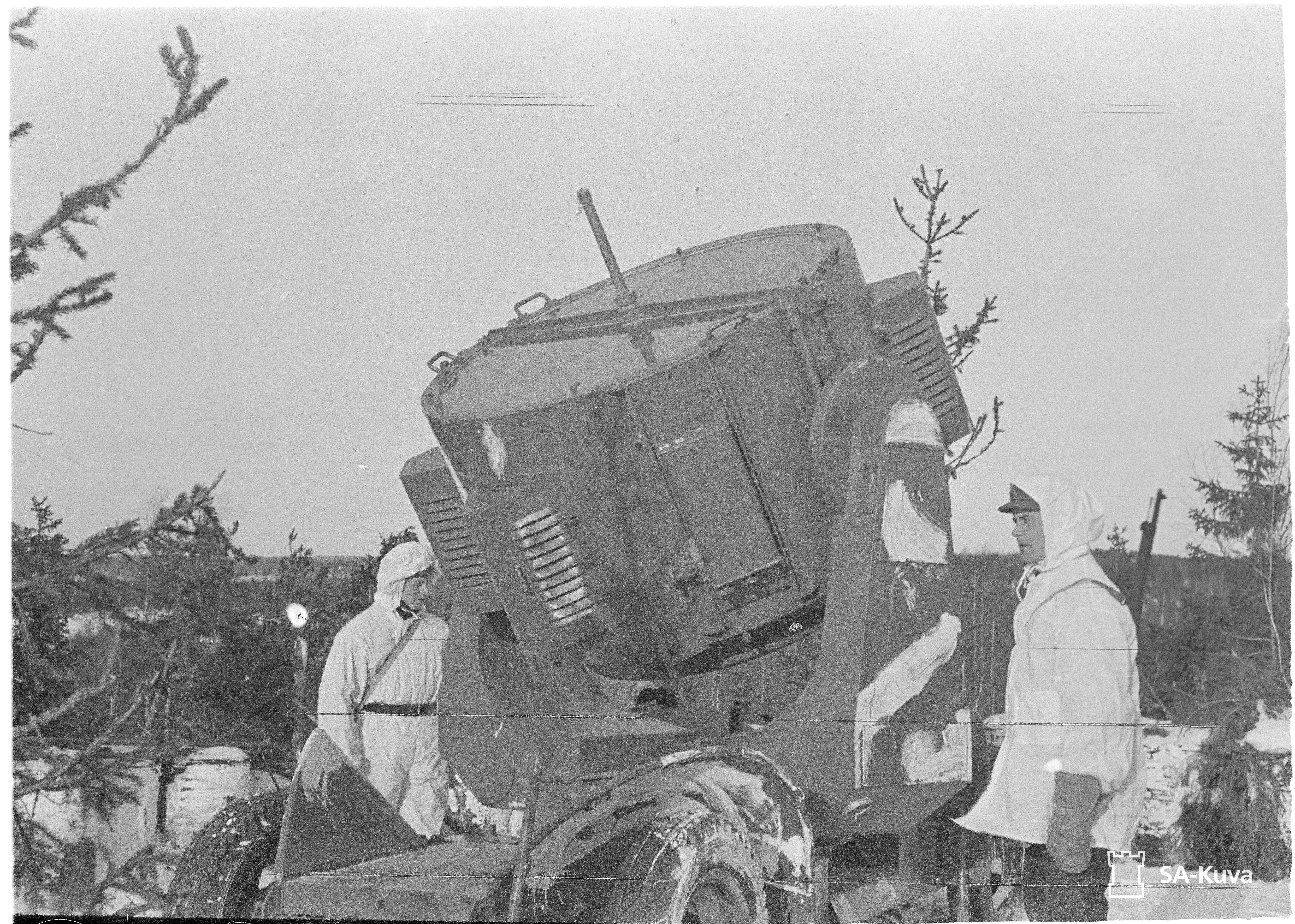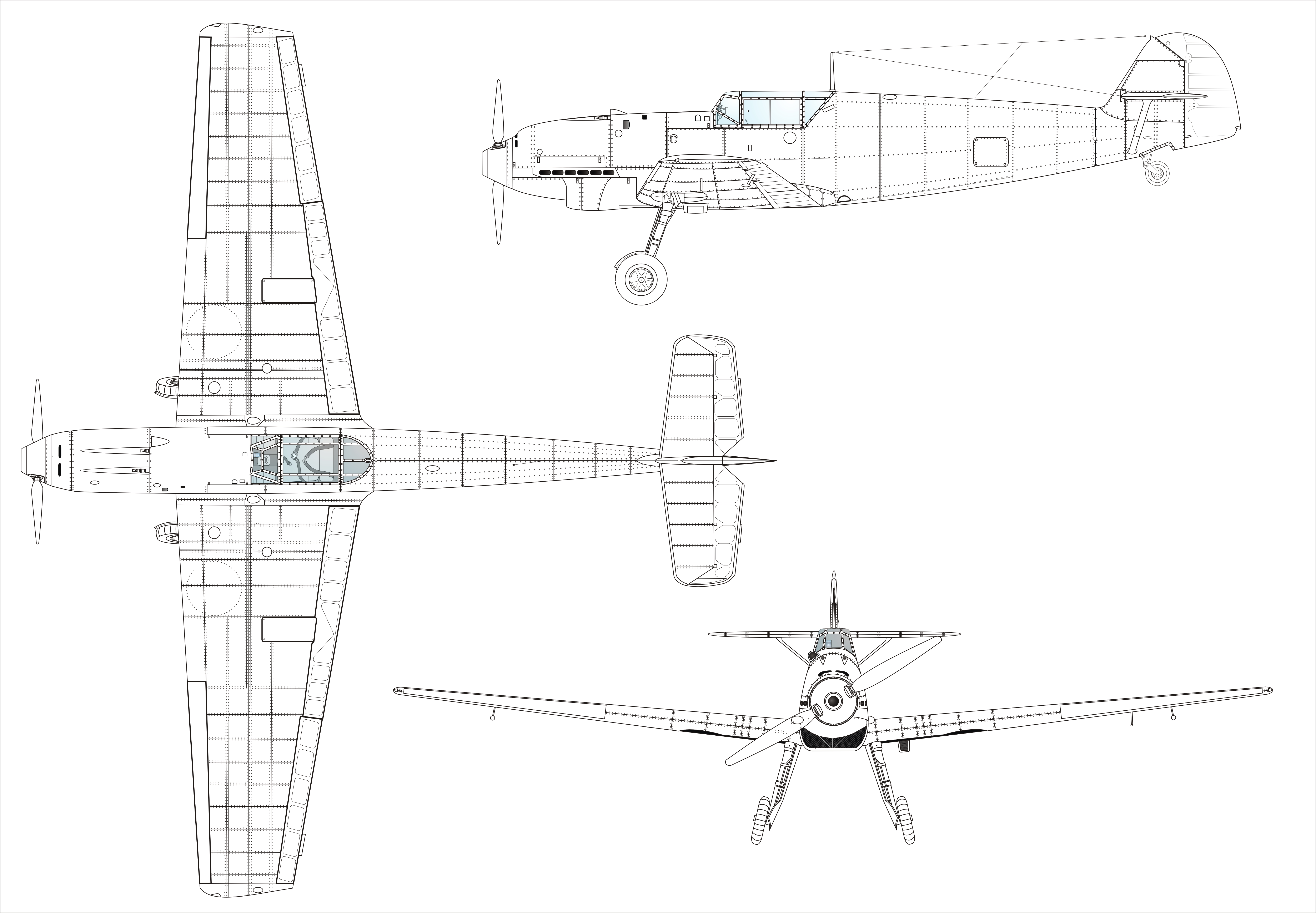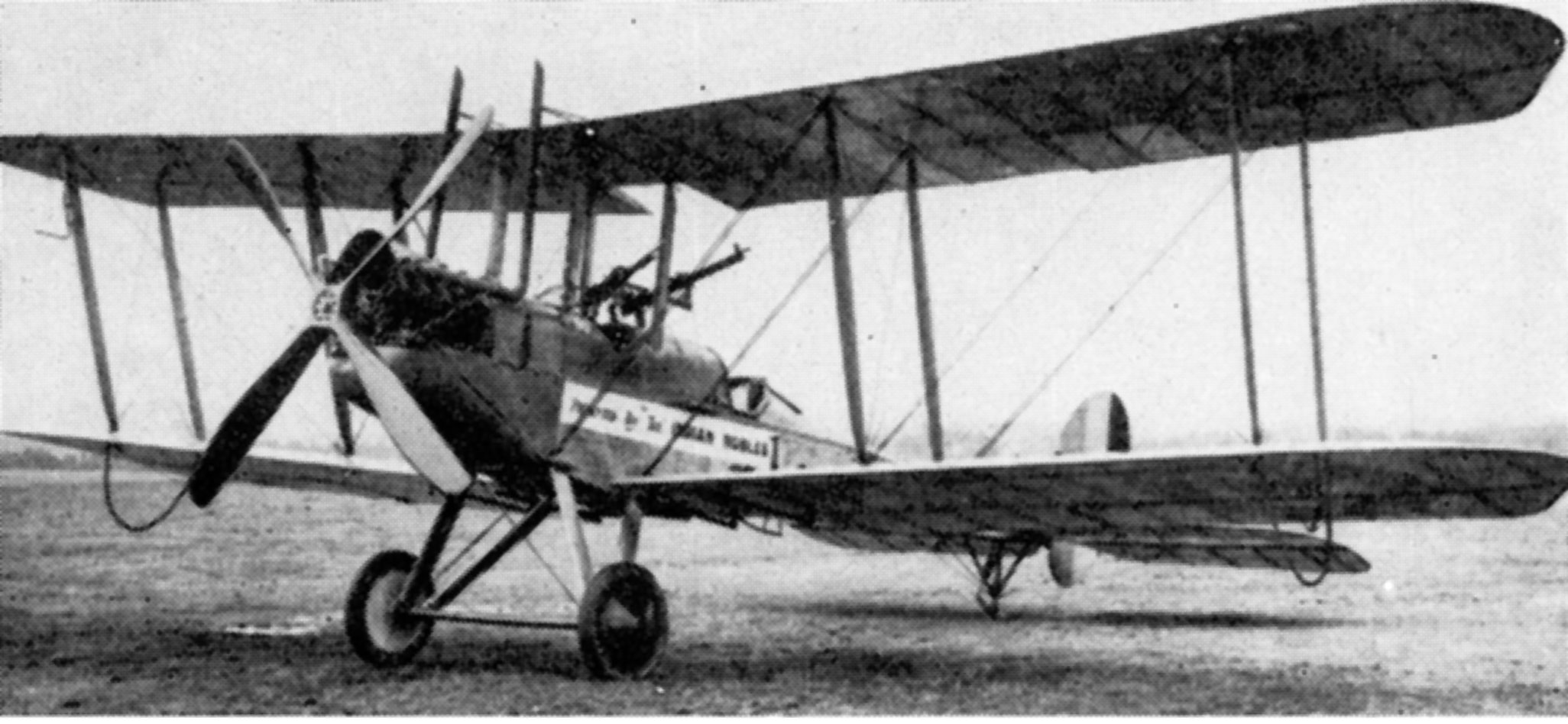|
Bombing Of Helsinki In World War II
Helsinki, the capital of Finland, was bombed repeatedly during World War II. Between 1939 and 1944, Finland was subjected to a number of bombing campaigns by the Soviet Union. The largest were three raids in February 1944, which have been called The Great Raids Against Helsinki. Helsinki's air defence In the autumn of 1939, Helsinki was protected by the ''1st Anti Aircraft Regiment'' consisting of four heavy anti-aircraft batteries of three to four guns each, one light AA battery and one AA machine gun company. The air defence of Helsinki was significantly strengthened from the spring of 1943 onwards under the lead of Colonel Pekka Jokipaltio. During the Continuation War, Germany provided two early warning radars and four gun laying radars to Helsinki, further, 18 very effective German heavy 88 mm AA guns were also placed in Helsinki. The new six-gun batteries were grouped at Lauttasaari, Käpylä and in Santahamina. By February 1944 Helsinki was protected by 13 light a ... [...More Info...] [...Related Items...] OR: [Wikipedia] [Google] [Baidu] |
Würzburg Radar
The low-UHF band Würzburg radar was the primary ground-based tracking radar for the Wehrmacht's Luftwaffe and Kriegsmarine (German Navy) during World War II. Initial development took place before the war and the apparatus entered service in 1940. Eventually, over 4,000 Würzburgs of various models were produced. It took its name from the city of Würzburg in Bavaria. There were two primary models of the system. The first Würzburg was a transportable model that could be folded for transit and then brought into operation quickly after emplacement and levelling. The A models began entering service in May 1940 and saw several updated versions over the next year to improve accuracy, notably the addition of conical scanning in the D model of 1941. The larger Würzburg-''Riese'' (giant) was based on the D model but used a much larger parabolic reflector to further improve resolution at the cost of no longer being mobile. As one of German's primary radars, the British spent considera ... [...More Info...] [...Related Items...] OR: [Wikipedia] [Google] [Baidu] |
Jury Rigging
In maritime transport and sailing, jury rigging or jury-rigging is making temporary makeshift running repairs with only the tools and materials on board. It originates from sail-powered boats and ships. Jury-rigging can be applied to any part of a ship; be it its super-structure ( hull, decks), propulsion systems ( mast, sails, rigging, engine, transmission, propeller), or controls ( helm, rudder, centreboard, daggerboards, rigging). Similarly, a jury mast is a replacement mast after a dismasting. If necessary, a yard would also be fashioned and stayed to allow a watercraft to resume making way. Rigging A sail-powered boat may carry a limited amount of repair materials, from which some form of jury-rig can be fashioned. Additionally, anything salvageable, such as a spar or spinnaker pole, could be adapted to carry a makeshift sail. Ships typically carried a selection of spare parts such as topmasts. However, due to their much larger size, at up to in diameter, t ... [...More Info...] [...Related Items...] OR: [Wikipedia] [Google] [Baidu] |
Tallinn
Tallinn is the capital city, capital and List of cities in Estonia, most populous city of Estonia. Situated on a Tallinn Bay, bay in north Estonia, on the shore of the Gulf of Finland of the Baltic Sea, it has a population of (as of 2025) and administratively lies in the Harju County, Harju ''Counties of Estonia, maakond'' (county). Tallinn is the main governmental, financial, industrial, and cultural centre of Estonia. It is located northwest of the country's second largest city, Tartu, however, only south of Helsinki, Finland; it is also west of Saint Petersburg, Russia, north of Riga, Latvia, and east of Stockholm, Sweden. From the 13th century until the first half of the 20th century, Tallinn was known in most of the world by variants of its other historical Names of Tallinn in different languages, name Reval. “Reval” received Lübeck law, Lübeck city rights in 1248; however, the earliest evidence of human settlement in the area dates back nearly 5,000 years. The ... [...More Info...] [...Related Items...] OR: [Wikipedia] [Google] [Baidu] |
Gulf Of Finland
The Gulf of Finland (; ; ; ) is the easternmost arm of the Baltic Sea. It extends between Finland to the north and Estonia to the south, to Saint Petersburg—the second largest city of Russia—to the east, where the river Neva drains into it. Other major cities around the gulf include Helsinki and Tallinn. The eastern parts of the gulf belong to Russia, and some of Russia's most important oil harbors are located there, including Primorsk, Leningrad Oblast, Primorsk. As the seaway to Saint Petersburg, the gulf is of considerable strategic importance to Russia. Some of the Baltic Sea#Environmental status, environmental problems affecting the Baltic Sea are at their most pronounced in the shallow gulf. Proposals for an undersea tunnel, undersea Helsinki–Tallinn Tunnel through the gulf have been made. Geography The Gulf of Finland has an area of . The length (from the Hanko Peninsula to Saint Petersburg) is and the width varies from near the entrance to on the meridian of Mo ... [...More Info...] [...Related Items...] OR: [Wikipedia] [Google] [Baidu] |
German Night Fighter Direction Vessel Togo
MS ''Togo'' was a German merchant ship that was launched in 1938. Requisitioned by Nazi Germany's Kriegsmarine as ''Schiff 14'', in April 1940 she participated in the invasion of Norway; in August 1940 was converted to a minelayer as part of the Operation Sea Lion, German plan to invade England; then from June 1941 she began conversion to the armed auxiliary cruiser (''Hilfskreuzer'') HSK ''Coronel''. Following ''Coronel''s unsuccessful attempt in February 1943 to become the last German Commerce raiding, commerce raider of World War II, she was then used as a Minesweeper (ship), minesweeper (''Sperrbrecher'') before being recommissioned in late 1943 as NJL ''Togo'', a night fighter, night Radar picket, fighter direction vessel (''Nachtjagdleitschiff''), operating in the Baltic Sea. As NJL ''Togo'', she was the second of the Kriegsmarine's World War II radar ships, and the only one to survive the war. After the war, ''Togo'' passed through various changes of ownership, name and ... [...More Info...] [...Related Items...] OR: [Wikipedia] [Google] [Baidu] |
Messerschmitt Bf 109 Variants
Due to the Messerschmitt Bf 109's versatility and time in service with the German and foreign air forces, numerous variants were produced in Germany to serve for over eight years with the Luftwaffe. Additional variants were produced abroad totalling in 34,852 Bf 109s built. Bf 109 A/B/C/D The Bf 109A was the first version of the Bf 109. Armament was initially planned to be just two cowl-mounted 7.92 mm (.312 in) MG 17 machine guns. However, possibly due to the introduction of the Hurricane and Spitfire, each with eight 7.7 mm (.303 in) machine guns, experiments were carried out with a third machine gun firing through the propeller shaft. V4 and some A-0 were powered by a 640 PS (631 hp, 471 kW) Junkers Jumo 210B engine driving a two-blade fixed- pitch propeller, but production was changed to the 670 PS (661 hp, 493 kW) Jumo 210D as soon as it became available. The A-0 was not of a uniform type; there were several changes in ... [...More Info...] [...Related Items...] OR: [Wikipedia] [Google] [Baidu] |
Lotta Svärd
Lotta Svärd () was a Finnish voluntary auxiliary paramilitary organisation for women. Formed originally in 1918, it had a large membership undertaking volunteer social work in the 1920s and 1930s. It was formed to support the White Guard. During the Second World War, it mobilized to replace men conscripted into the army. It served in hospitals, at air raid warning positions, and other auxiliary tasks in close cooperation with the army. The women were officially unarmed except for an antiaircraft battery in 1944. Virtanen argues that, their "accountability to the nation took a masculine and military form in public, but had a private, feminine side to it including features like caring, helping and loving." The organisation was disbanded by the government after the war. Name The name comes from a poem by Johan Ludvig Runeberg. Part of a large and famous book, ''The Tales of Ensign Stål'', the poem described a fictional woman named Lotta Svärd. According to the poem, a Fin ... [...More Info...] [...Related Items...] OR: [Wikipedia] [Google] [Baidu] |
White Guard (Finland)
The White Guard, officially known as the Civil Guard (, ; ; ), was a voluntary militia, part of the Finnish Whites movement, that emerged victorious over the socialist Red Guards in the Finnish Civil War of 1918. They were generally known as the "White Guard" in the West due to their opposition to the "communist" Red Guards. In the White Army of Finland many participants were recruits, draftees and German-trained Jägers – rather than part of the paramilitary. The central organization was named the White Guard Organization, and the organization consisted of local chapters in municipalities. The Russian Revolution of 1905 led to social and political unrest and a breakdown of security in Finland, which was then a Grand Duchy under the rule of the Russian Tsar. Citizen militias formed as a response, but soon these would be transformed along political (left-right) lines. The Russian Revolution of 1917 and the subsequent independence of Finland (declared in December 1917) a ... [...More Info...] [...Related Items...] OR: [Wikipedia] [Google] [Baidu] |
Night Fighter
A night fighter (later known as all-weather fighter or all-weather interceptor post-Second World War) is a largely historical term for a fighter aircraft, fighter or interceptor aircraft adapted or designed for effective use at night, during periods of adverse meteorological conditions, or in otherwise poor visibility. Such designs were in direct contrast to day fighter, day fighters: fighters and interceptors designed primarily for use during the day or during good weather. The concept of the night fighter was developed and experimented with during the First World War but would not see widespread use until WWII. The term would be supplanted by “all-weather fighter/interceptor” post-WWII, with advancements in various technologies permitting the use of such aircraft in virtually all conditions. During the Second World War, night fighters were either purpose-built night fighter designs, or more commonly, heavy fighters or light bombers adapted for the mission, often employing ... [...More Info...] [...Related Items...] OR: [Wikipedia] [Google] [Baidu] |
Finnish Navy
The Finnish Navy ( , ) is one of the branches of the Finnish Defence Forces. The navy employs 2,300 people and about 4,300 conscripts are trained each year. Finnish Navy vessels are given the ship prefix "FNS", short for "Finnish Navy ship", but this is not used in Finnish-language contexts. The Finnish Navy also includes coastal forces and coastal artillery. Organization The current Commander of the Navy is rear admiral Tuomas Tiilikainen. The navy is organized into the Navy Command, three Brigade-level units, and the Naval Academy. Since 1998 the navy also includes the Nyland Brigade in Dragsvik, where Finnish Marines or '' Coastal Jaegers'' are trained. The Nyland Brigade is also the only Swedish-language unit in the country and it carries on the traditions and battle-honours of the Nyland (Uusimaa) Regiment of the Swedish Army. Locations * Navy Command headquarters: ( Heikkilä, Turku) * Naval depot: Pansio and Kimito Bases * Coastal Brigade: ( Upinniemi, Kir ... [...More Info...] [...Related Items...] OR: [Wikipedia] [Google] [Baidu] |
Acoustic Location
Acoustic location is a method of determining the position of an object or sound source by using sound waves. Location can take place in gases (such as the atmosphere), liquids (such as water), and in solids (such as in the earth). Location can be done actively or passively: * ''Active'' acoustic location involves the creation of sound in order to produce an echo, which is then analyzed to determine the location of the object in question. * ''Passive'' acoustic location involves the detection of sound or vibration created by the object being detected, which is then analyzed to determine the location of the object in question. Both of these techniques, when used in water, are known as sonar; passive sonar and active sonar are both widely used. Acoustic mirrors and dishes, when using microphones, are a means of passive acoustic localization, but when using speakers are a means of active localization. Typically, more than one device is used, and the location is then triangulated ... [...More Info...] [...Related Items...] OR: [Wikipedia] [Google] [Baidu] |








